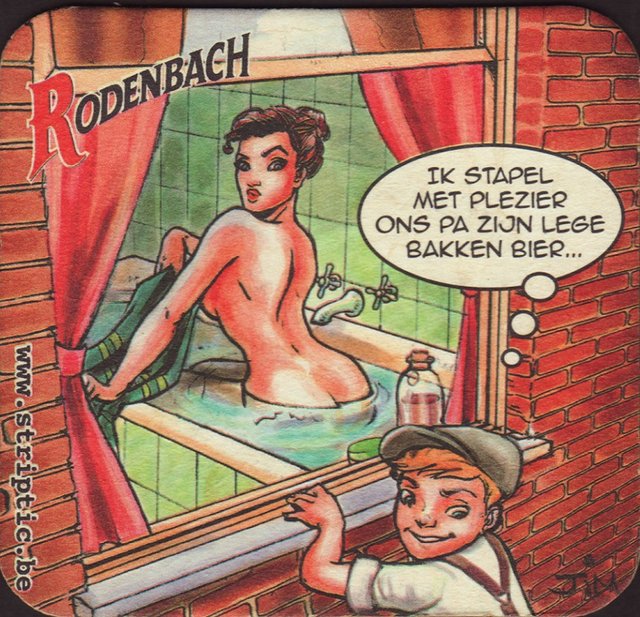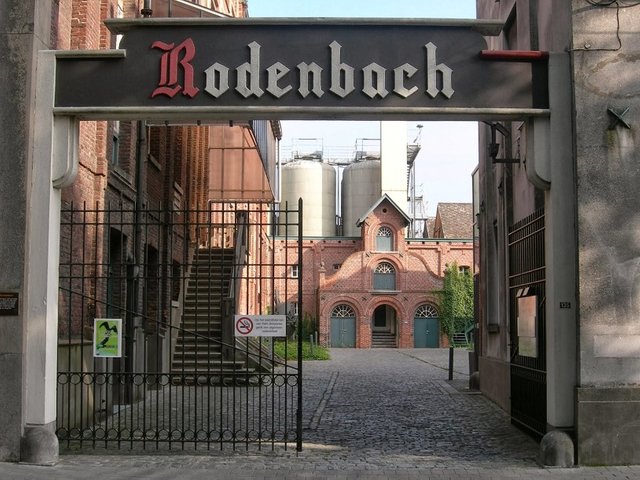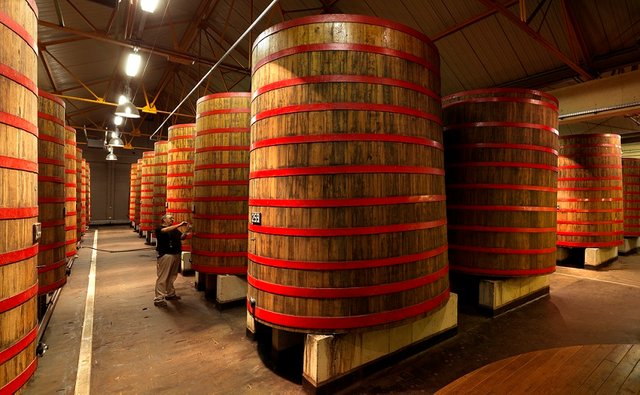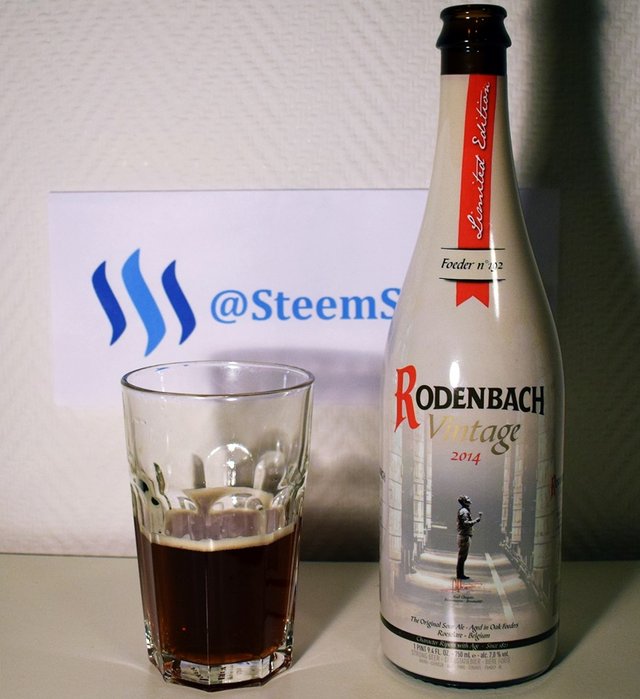[BEER REVIEW] A Belgian Beer for Masochists 🍺
The tart and acidic taste in sour ale comes from spontaneous fermentation or adding lactic acid bacteria. Most brewers try to avoid these byproducts of microorganisms like the plague — Lactobacillus, Pediococcus, Brettanomyces and Acetobacter — but in sour ale, they define the flavor. In Belgian sour ale fermentation takes place spontaneously and in several steps and years. First, the wort is cooled in large open vats and then fermented in oak barrels containing the bacteria, together with other yeast strains that give the beer a barn like aroma.

It's mainly in Pajottenland outside Brussels and in Flanders that they produce sour ale. Outside of Belgium, it's common to add various bacteria and yeast to speed up the process. It's also common to add various berries and fruits, or brown sugar, to get the flavor you want. Lambic from Belgium, as well as Gose and Berliner weisse from Germany are other examples of sour ale.
Besides lambic, there are Flanders red ale and brown ale, or oud rood and oud bruin from Belgium. It's in the West Flanders that you get the more red sour ales and in the east that you get the more brown ones. The longer you boil the wort, the browner the color basically. Taste-wise, the red ale is perceived as more acidic and have a lighter body, while the brown variety is fuller and richer.


Rodenbach, Vintage 2014
Each year at the prestigious brewery Rodenbach, brew master Rudi Ghequire chooses a single barrel, or "foeder", that will be included in Rodenbach Vintage. Vintage 2014 has been stored for two years in barrel 192, a 61-year old barrels that is known as one of the foremost. Rodenbach Vintage consist of 100% of aged beer (it's not unusual that they mix aged with non aged to reach a smoother balance.)

Origin: Roeselare, Belgium
Brewery: Rodenbach
Style: Flanders red ale (oud rood)
ABV: 7%
Vintage: 2014
750 ml bottle
Appearance: Very dark red, almost maroon. Somewhere between a rood and bruin.
Nose: The fragrance is mainly dominated by sour cherries and vinegar. There are also some hints of plum and oak. Overall, it feels quite vinous, with forebodings of sweetness as well as high acidity.
Palate: Initially it feels very sweet with some plum and cherry notes, before it immediately becomes much more acidic and dry. There's a prickly vinegar note that I don't like at all, and the sweetness tries its best to make it somewhat balanced - although I think that the rich vinegar tartness takes the overhand. If I'm to be really rude I even get ammonia and acetone on the palate. Somewhere far behind all the vinegar I notice cinnamon, apples and vanilla, but it's as intangible as a ghost. Slight traces of oak can also be found in the taste. In the mouth the beer feels medium-bodied and the carbonation is relatively soft with small bubbles.
Finish: Long and intense finish that burns the throat with oaky pepperiness and sour vinegar.
Conclusion: The vinegar and ammonia notes got to me, and I actually couldn't finish a whole glass. Considering that the Rodenbach Grand Cru, which is far more pleasant and balanced, is three times cheaper, I see no reason to get this one at all. I've tried the Rodenbach Alexander on draft, and it was excellent. It should be said though that sour ale is far from my favorite style, and I've seen reviews from people that find the Vintage to be excellent (must be people involved in the S&M scene). I suggest trying a little sample in a bar before buying a whole bottle. Perhaps the vinegar notes will settle after a few years of bottle aging? With a final score of 1.8/5, it's probably the most unpleasant beer I've had all year.

A good critique also helps readers avoid the bad stuff :-)
Belgian vs Beer !!

...vs boobs. Boobs win. All the time.
I love your honesty:
Thanks for the review!
Most people I see on ratebeer and other similar sites actually love the beer, or at least they claim to love the beer :p Maybe it's an "emperor's new clothes" sorta thing? Thanks for reading!
Beers, generally speking, are the perferk example of the stocholm syndrome. They taste awful, but peer pressure prevails. In the end some people "like it". Some, because theres a few honest enough to mention when it tastes like rust remover.
Yes, I think it applies to most things, be it movies, art, literature or whatever.
I like my beer if it is cold and bitter enough for light beers and tasty for brown, stronger beers.
I guess it is about how your drinking habits grow...
Hi @steemswede

I agree with you that this beer does not sound to taste good, on the picture it does not even look tasty. (I have never tasted it). The one on the photo looks so much better!!